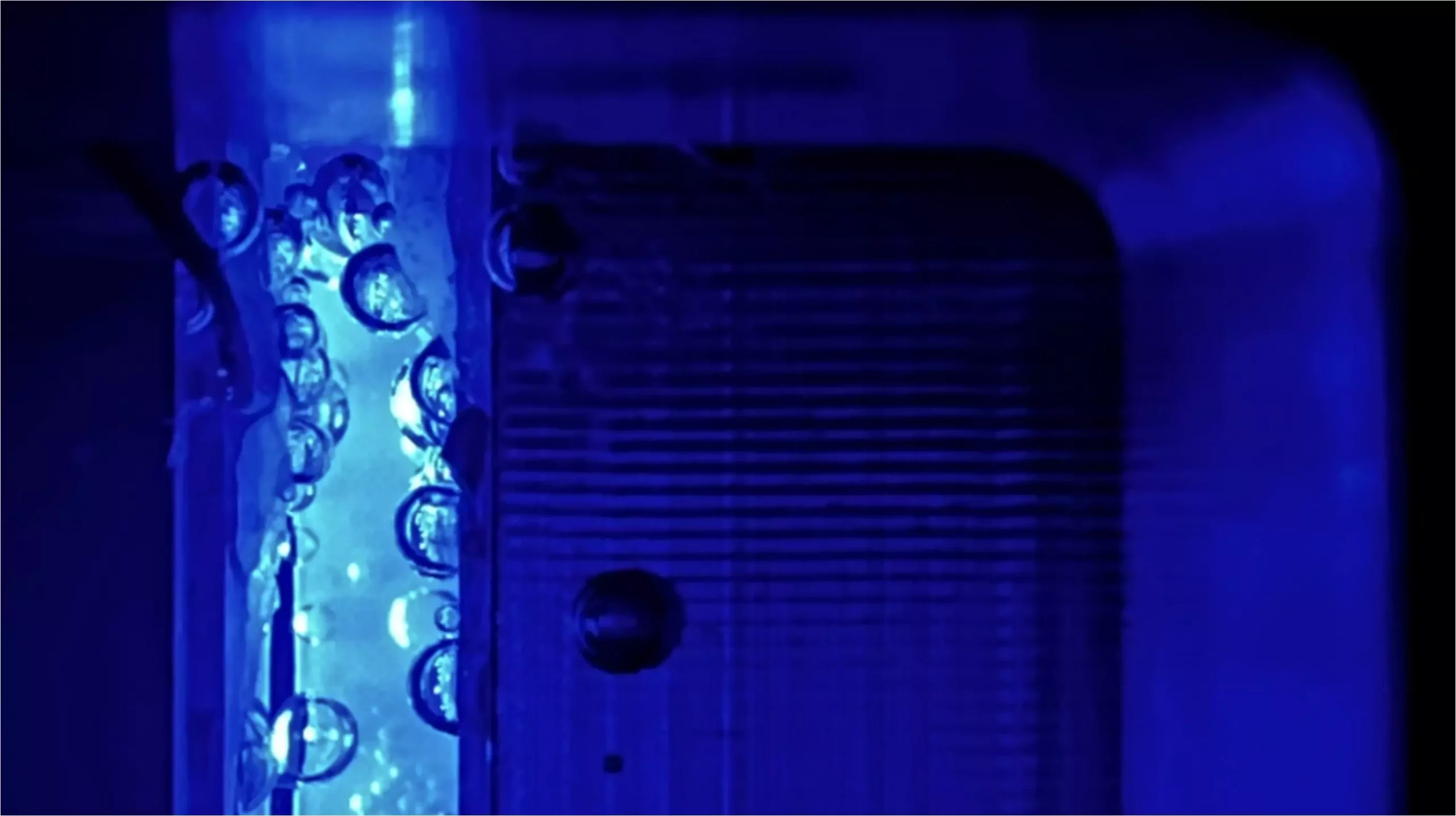The quest for sustainable energy sources has led to increased interest in hydrogen production via photoelectrochemical (PEC) cells, devices that leverage sunlight to split water molecules into hydrogen and oxygen. Mimicking the natural process of photosynthesis, PEC cells utilize inorganic photoelectrodes to convert sunlight into the necessary voltage for electrolysis. Researchers have been exploring various methods to enhance the efficiency of these cells, and one promising avenue involves operating PEC systems under elevated pressures.
Conventional PEC cells operate at atmospheric pressure, a factor that, while effective, does not fully exploit the potential for efficiency increases. In essence, these cells generate hydrogen by routing sunlight through materials that facilitate the electrolysis process, generating voltage. While some devices have achieved remarkable energy conversion rates close to 19%, they still face significant challenges, particularly regarding energy losses induced by bubble formation during electrolysis. The presence of gas bubbles not only scatters light but also obstructs direct contact between the electrolyte and the electrode surface, hampering the electrochemical reactions necessary for optimal operation.
Recent research conducted by a team at the Helmholtz Zentrum Berlin (HZB) has provided insight into how operating PEC cells at increased pressures can alleviate some of these issues. By pressurizing the cell operation between 1 to 10 bar, the researchers observed marked improvements in efficiency. Their findings revealed that, when pressure levels reached around 8 bar, the total energy loss associated with bubble formation was significantly reduced, thereby enhancing overall reaction efficiency by as much as 5-10%.
Dr. Feng Liang, the lead author of the research published in *Nature Communications*, noted that the optical scattering losses associated with bubbles could be nearly eliminated under such pressure conditions. This highlights a critical relationship between operating pressure and gas bubble dynamics, suggesting that optimal bubble sizes and behaviors can be achieved at maintained elevations in pressure.
The research team employed a multiphysics modeling approach to investigate the dynamics of PEC processes under both atmospheric and elevated pressures. This model allowed them to simulate conditions that helped identify key parameters impacting efficiency. Their work included comprehensive assessments not only of bubble formation and behavior but also the overall performance metrics of the PEC cells as pressure varied. The study’s findings contributed valuable knowledge about the nuanced interplay between pressure, gas bubble size, and operational efficacy, paving the way for more sophisticated designs in hydrogen production systems.
The implications of this research extend beyond immediate hydrogen-production applications. The multiphysics model they developed can be applied to other energy systems, enhancing the efficiency of both electrochemical and photocatalytic devices. As renewable energy technologies continue to evolve, understanding the operational parameters that lead to improved performance in PEC cells will be crucial.
Maintaining an optimal pressure range of 6 to 8 bar has emerged as a key takeaway from this research. Going forward, engineers and researchers can use this critical insight to design more effective systems, potentially leading to lower costs and higher hydrogen output, which is essential for a sustainable hydrogen economy.
The innovative experimentation with elevated pressures in photoelectrochemical cells marks a significant stride toward more efficient hydrogen production. By harnessing the effects of pressure on bubble behavior and overall system dynamics, scientists at HZB have opened new avenues for enhancing energy efficiency. As we confront climate change and the urgent need for cleaner energy solutions, the ongoing evolution of these technologies will be vital in establishing sustainable energy resources for the future.

